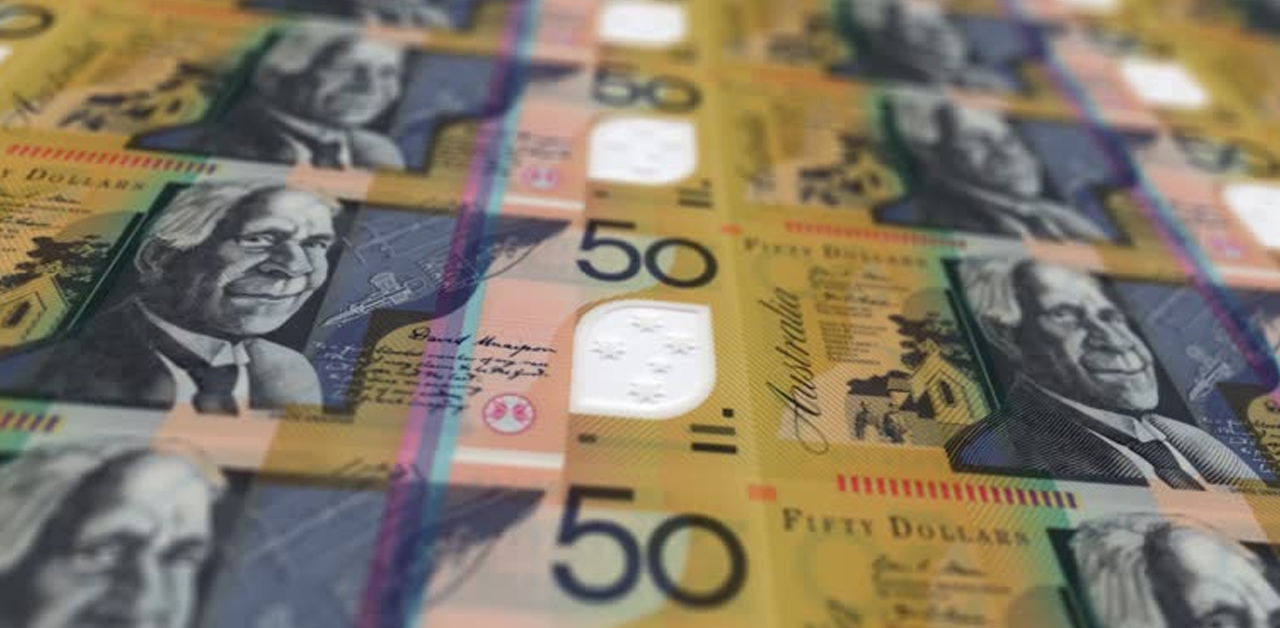The Australian Dollar (AUD) continues to face downward pressure against the US Dollar (USD) on Tuesday, extending losses from the previous two sessions. The AUD/USD pair remains under pressure following the release of the Reserve Bank of Australia’s (RBA) July meeting minutes, which indicated a cautious stance on future interest rate cuts.
According to the RBA minutes, most board members agreed that further easing could be warranted but emphasized the need to wait for clearer signs of inflation moderation. The board expressed concern that cutting rates three times in four meetings would not align with a “cautious and gradual” approach, underscoring their preference for a more deliberate policy trajectory.
Markets Eye US-China Trade Developments
Attention is now shifting to global trade developments, particularly the upcoming August 1 tariff deadline set by US President Donald Trump. Reports suggest that China may be close to finalizing a long-term trade agreement with the US ahead of this deadline. In a recent interview, US Commerce Secretary Howard Lutnick stressed that tariffs will go into effect on August 1, regardless of ongoing negotiations, though discussions may continue afterward.
Meanwhile, China’s central bank—the People’s Bank of China (PBoC)—opted to keep its one- and five-year Loan Prime Rates unchanged at 3.00% and 3.50%, respectively. Given the close trade ties between Australia and China, economic developments in Beijing have a significant impact on the Australian Dollar.
US Dollar Holds Ground Amid Caution and Fed Uncertainty
The US Dollar Index (DXY) is steady near 97.90 after bouncing back from a sharp drop in the previous session. Risk-averse market sentiment is supporting the greenback, making it more attractive amid rising concerns over trade policies and the independence of the Federal Reserve.
Speculation over Fed leadership remains in focus. A White House official recently suggested that Fed Chair Jerome Powell could be dismissed—an allegation denied by President Trump in a social media post. Separately, Congresswoman Anna Paulina Luna accused Powell of perjury related to the Fed’s renovation plans for its Washington, D.C. headquarters.
On the data front, the University of Michigan’s preliminary Consumer Sentiment Index rose to 61.8 in July from 60.7 in June, slightly beating expectations. The improvement in both current and future outlooks points to cautious optimism among US consumers.
Fed policymakers remain divided on the interest rate path. Governor Adriana Kugler warned against premature easing, citing the inflationary effects of Trump’s tariffs. In contrast, Governor Christopher Waller advocated for a rate cut at the upcoming July meeting, arguing that delaying action may lead to more aggressive policy later. San Francisco Fed President Mary Daly added that expecting two cuts this year is “reasonable,” but warned of the risks of waiting too long.
China’s Mixed Economic Data Adds to Market Uncertainty
China’s Q2 GDP grew 5.2% year-over-year, slightly below the 5.4% pace seen in Q1 but above the market forecast of 5.1%. However, retail sales and industrial production came in mixed. Retail sales rose by 4.8% year-over-year in June—below expectations—while industrial production surprised to the upside at 6.8%. These figures underscore the uncertain outlook for China’s economy, which could indirectly weigh on the AUD.
Technical Outlook: AUD/USD Faces Resistance at 9-Day EMA
As of writing, the AUD/USD pair is hovering around 0.6520. Technically, the pair is showing signs of consolidation within an ascending channel, indicating a potential for upside if key resistance levels are breached. The 14-day Relative Strength Index (RSI) sits near 50, reflecting a neutral bias.
Immediate resistance lies at the nine-day Exponential Moving Average (EMA) at 0.6524. A successful break above this level could boost momentum and pave the way toward the eight-month high of 0.6595, last seen on July 11.
On the downside, initial support is seen at the 50-day EMA of 0.6493. A break below this level may prompt a move toward the lower boundary of the ascending channel, near the three-week low of 0.6454, recorded on July 17.












